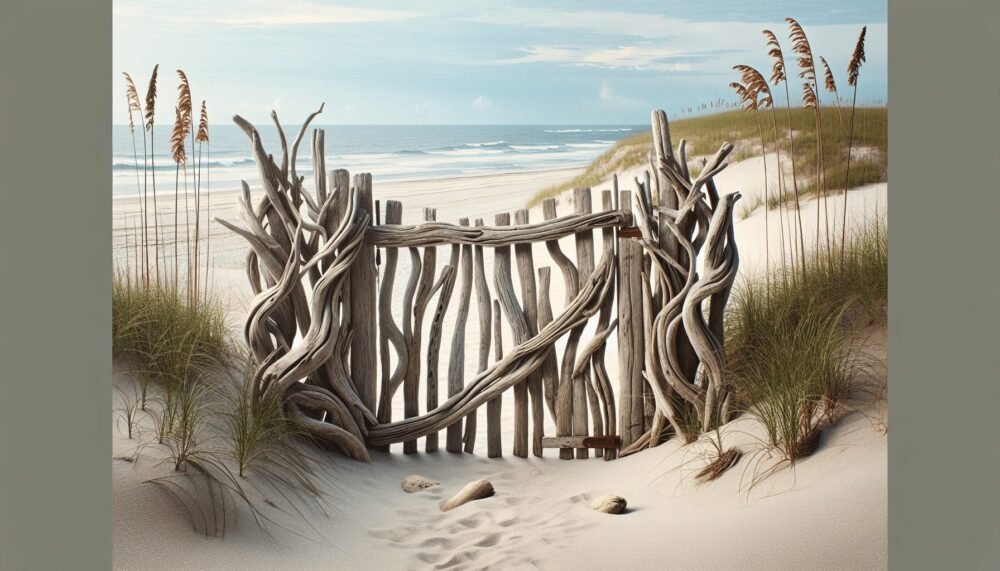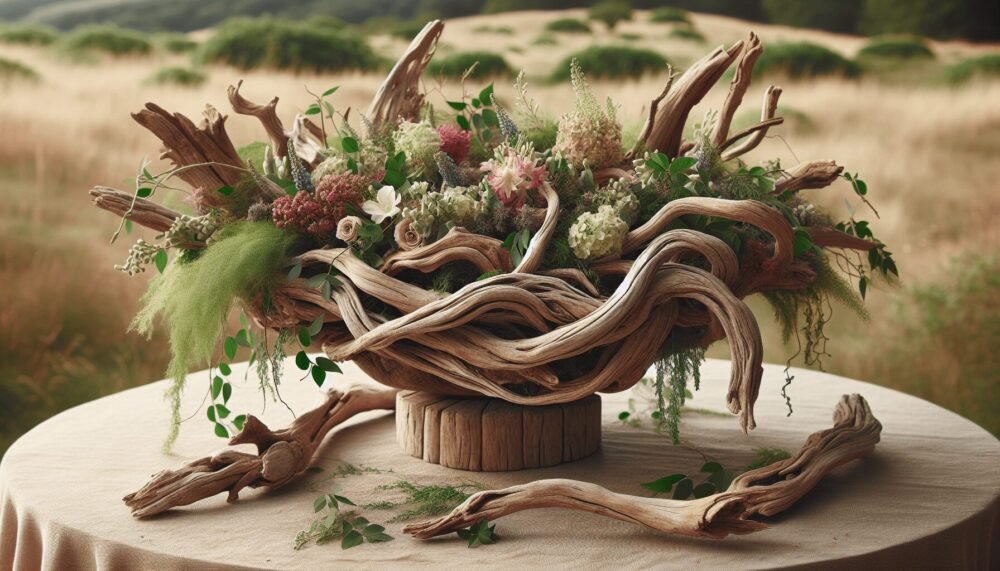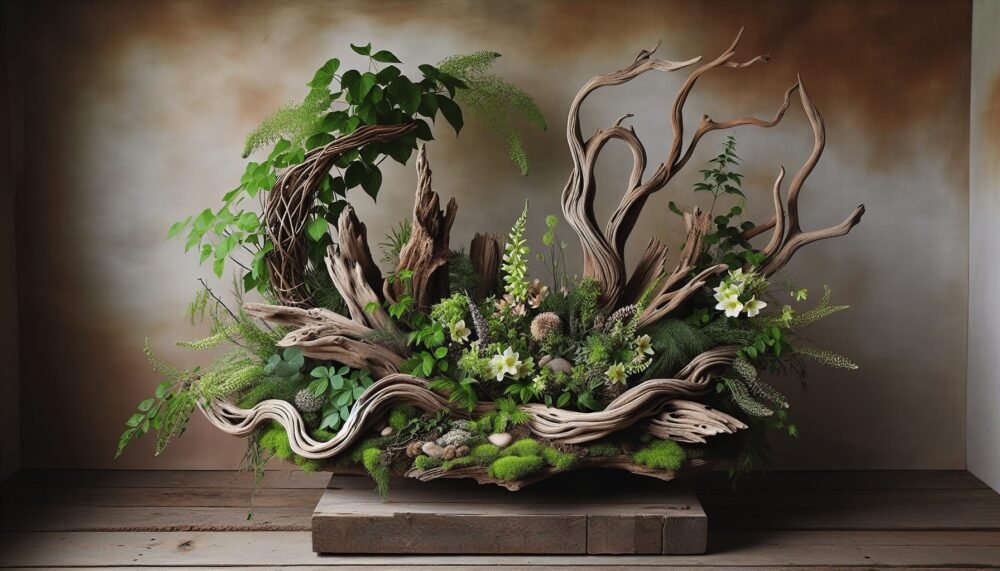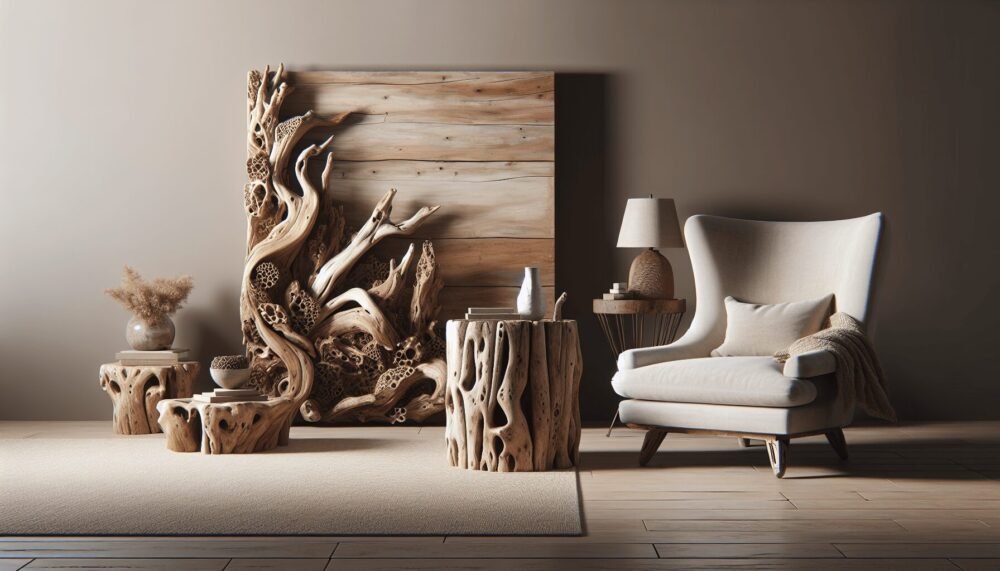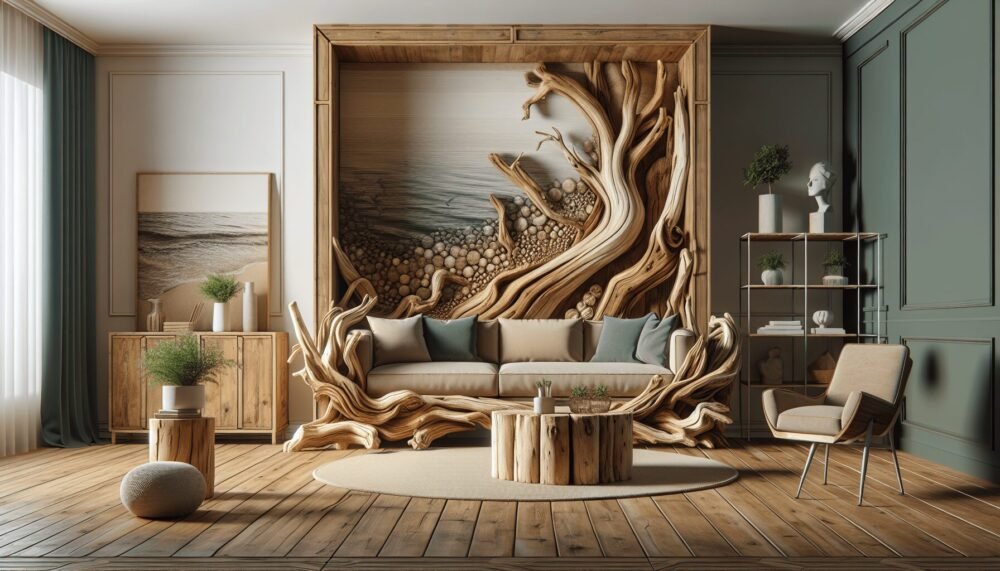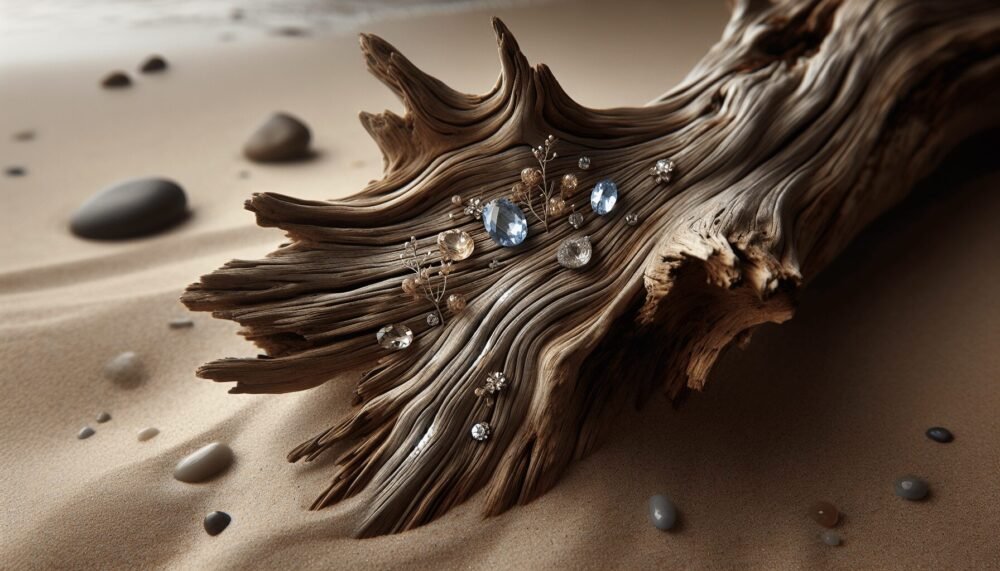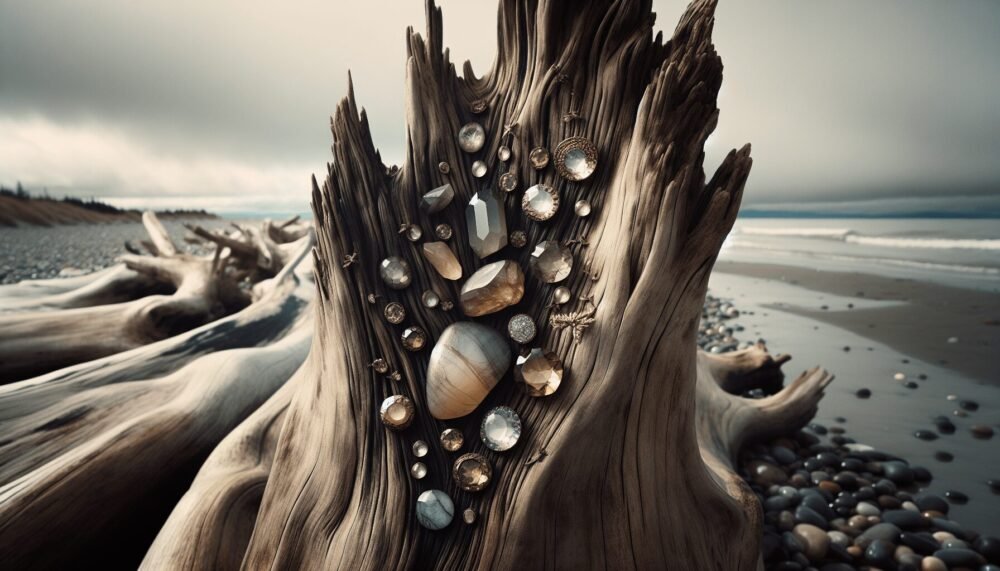Welcome to the fascinating world of driftwood houses, where pieces of wood washed ashore by the sea are transformed into charming, whimsical homes. Imagine living in a structure that not only embodies the essence of coastal beauty but also aligns with sustainable living. In this article, you’ll explore how these unique homes are built, the artistry behind their construction, and the environmental benefits they offer. Driftwood houses not only provide a cozy retreat but also tell a story of resilience and natural splendor.
Driftwood Houses
Have you ever wondered what it would be like to live in a house made of driftwood? This intriguing concept combines sustainability, creativity, and a touch of nature to create unique living spaces. Driftwood houses are more than just structures; they are artistic expressions of harmony between mankind and the environment.
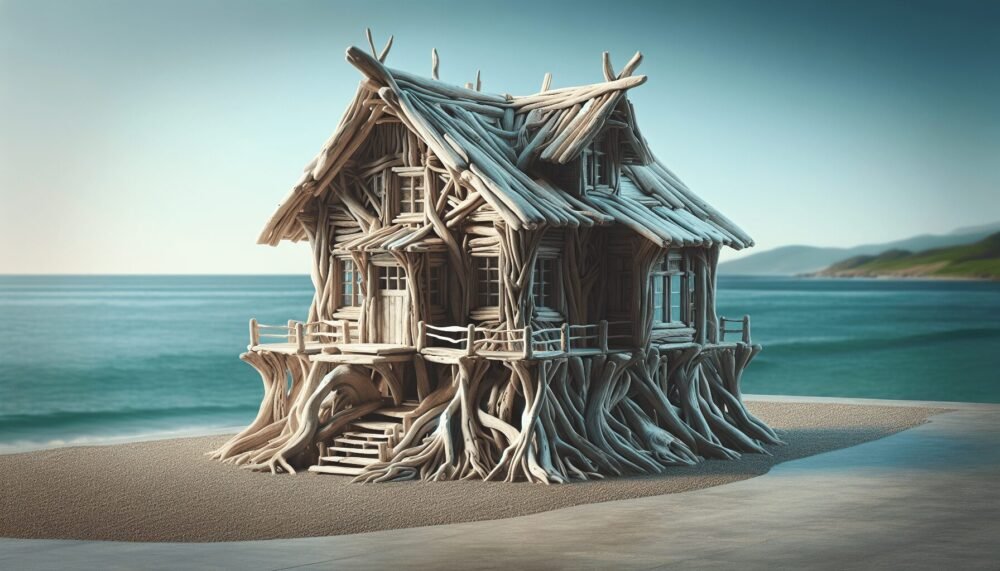
What is Driftwood?
Before diving into the world of driftwood houses, let’s get to know what driftwood actually is. Driftwood refers to pieces of wood that have been washed ashore by the action of tides, currents, or waves. This wood often comes from trees that have fallen into rivers and eventually make their way to the sea.
The Journey of Driftwood
Driftwood can travel for many miles, from the forests it initially grew in, down rivers, and out to sea before finally washing up on shores. This journey smoothens the wood, removing its bark and shaping it uniquely. Each piece of driftwood tells a story of its own, making it an exceptional choice for creative projects.
History of Driftwood Houses
The idea of using driftwood for construction isn’t new. Indigenous peoples and coastal communities have utilized driftwood for building shelters, boats, and other necessities for centuries.
Indigenous Uses of Driftwood
In some cultures, driftwood holds spiritual significance. Indigenous coastal tribes in North America, for instance, have long used driftwood for constructing homes and totem poles. It’s seen as a gift from the sea, imbued with spiritual meanings and blessings.
Evolution into Modern Architecture
Fast forward to the 20th and 21st centuries, where driftwood has found its way into modern architecture and interior design. Architects and designers worldwide have started to appreciate the aesthetic and environmental benefits of using driftwood, resulting in some genuinely inspiring living spaces.
Benefits of Driftwood Houses
Why should you consider a driftwood house? Beyond their unique appearance, driftwood houses offer several advantages.
Environmental Benefits
Using driftwood helps in reducing deforestation and utilizing a renewable resource. Here are a few specific benefits:
| Benefit | Description |
|---|---|
| Recycling | Instead of being discarded, driftwood gets a second life. |
| Sustainability | Offers an eco-friendly building material. |
| Reduced Carbon Footprint | Less need for processed wood reduces carbon emissions. |
Aesthetic Appeal
Driftwood has a natural beauty that varies with each piece, lending a unique character to every project. Its organic shapes and textures add a rustic charm that’s hard to replicate with other materials.
Durability
Don’t let the weathered appearance fool you; driftwood is robust. It has already withstood the natural elements, making it a durable option for construction.
Building with Driftwood: A Step-by-Step Guide
Getting started with building your driftwood house involves several critical steps. Here’s a general guide to help you understand the process.
Step 1: Planning and Design
Your first step should be to consult an architect specializing in sustainable or natural materials. Sketch your ideas and discuss them to come up with a feasible design that incorporates driftwood.
Step 2: Collecting Driftwood
Collecting driftwood is a rewarding yet challenging activity. Make sure to:
- Know the Local Regulations: Some areas have restrictions on collecting driftwood.
- Inspect for Quality: Look for pieces that are free from rot and pests.
- Clean the Wood: Thoroughly wash the driftwood to remove salt, sand, and debris.
Step 3: Preparation and Treatment
Once you’ve collected enough driftwood, the next phase is preparation:
- Drying: Let the wood dry completely to prevent any moisture-related issues later.
- Treatment: Treat the wood to protect it from pests and decay. A mix of vinegar and water can be an eco-friendly treatment solution.
Step 4: Construction
During construction, your builder will fit and secure each piece of driftwood. This process is akin to assembling a puzzle:
- Framework: Establish a sturdy framework for the house.
- Integration: Integrate the driftwood into the construction, often using it for both structural and decorative purposes.
- Finishing Touches: Seal the driftwood to protect it further and add any finishing touches to enhance its natural beauty.
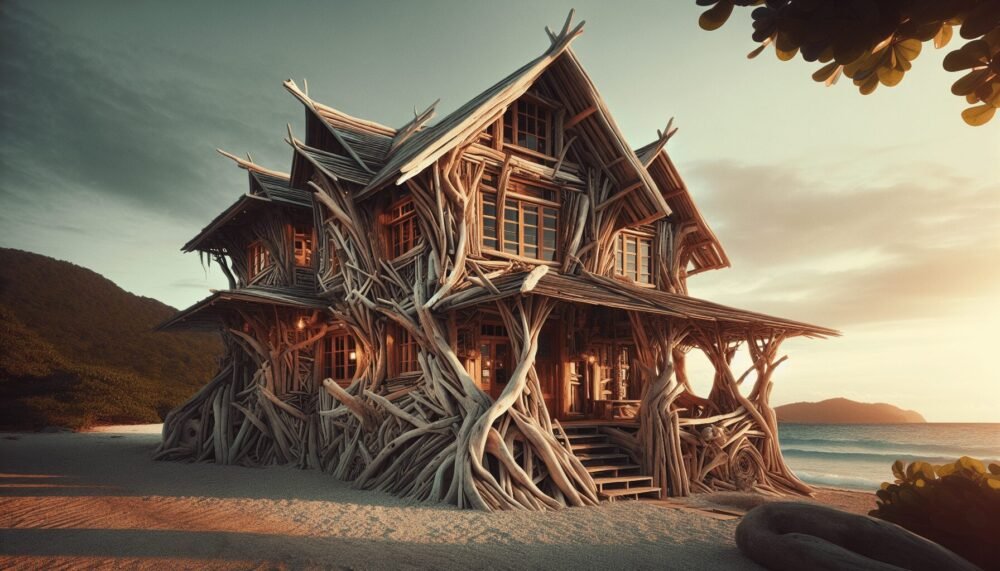
Interior and Exterior Design Ideas
A driftwood house isn’t just about the structure; it’s about creating a cohesive aesthetic that extends to both the interior and exterior designs.
Interior Design
Inside your driftwood house, you can extend the natural, rustic feel by:
- Furniture: Driftwood can be repurposed into striking pieces of furniture like tables, chairs, and shelving.
- Wall Accents: Use smaller pieces as wall decor, headboards, or framed mirrors to add character to the space.
- Lighting: Driftwood chandeliers or lamps can create a warm, inviting atmosphere.
Exterior Design
For the outside, consider:
- Gardens and Pathways: Integrate driftwood into landscaping. It can be used for garden borders, benches, or pathway liners.
- Patio Features: Driftwood can make stunning patio furniture or even structural elements like pergolas.
Challenges and Considerations
While the idea of a driftwood house is appealing, there are several challenges and considerations to keep in mind.
Availability
Driftwood might not be readily available in all regions. If you don’t live near a coast or a tidal river, sourcing enough quality driftwood could be difficult and costly.
Structural Integrity
Ensure that the driftwood you collect is structurally sound. Consult with a professional to verify that the wood is suitable for building purposes.
Legal Restrictions
Local regulations may restrict the collection of driftwood to protect natural habitats. Always check local laws and acquire necessary permits before collecting.
Maintenance
Driftwood requires ongoing maintenance to ensure its longevity. Regular checks for pests and decay, as well as periodic treatments, are essential.
Driftwood in Popular Culture
The allure of driftwood homes has caught the imagination of many, even making its way into popular culture.
Literature and Films
Books and films often showcase driftwood homes as idyllic retreats or the epitome of sustainable living. Examples include:
- Books: Various novels and design books feature beautiful driftwood structures, focusing on their ecological and aesthetic appeal.
- Films: Some indie films and documentaries explore driftwood houses, highlighting their unique construction and the philosophies behind them.
Social Media Influence
Platforms like Instagram and Pinterest are filled with stunning photos of driftwood homes, inspiring countless DIY enthusiasts. These images often go viral, attracting attention from all over the world.
Tips for Starting Your Driftwood House Project
Embarking on a project as significant as building a driftwood house can be daunting. Here are some tips to help you get started:
Educate Yourself
Read books, watch videos, and consult experts in sustainable building techniques. The more you know, the better prepared you’ll be.
Start Small
If a whole house feels overwhelming, start with smaller projects like a driftwood shed or a garden structure. This will give you hands-on experience without the high stakes.
Collaborate with Experts
Work with architects, builders, and designers who have experience in using natural materials. Their expertise will be invaluable.
Plan for Maintenance
Be proactive about the upkeep of your driftwood house. Establish a regular maintenance schedule to preserve its beauty and integrity.
Future of Driftwood Houses
What does the future hold for driftwood houses? As the world becomes more eco-conscious, the use of sustainable materials is likely to increase.
Growing Popularity
Rising awareness about environmental issues is making sustainable living more popular. Driftwood houses are part of this movement, offering a way to live in harmony with nature.
Technological Advancements
New technologies could make it easier to treat and use driftwood in construction. Innovations in eco-friendly treatments and sustainable building techniques might boost the feasibility of driftwood houses.
Sustainability Movements
Groups and organizations advocating for sustainable living and building practices are likely to promote the use of driftwood and other natural materials. This could lead to more widespread acceptance and normativity of such constructions.
Conclusion
The concept of a driftwood house is not just about living in a beautiful, rustic environment; it’s also about making a conscious choice to live sustainably and creatively. The journey of driftwood—from nature’s playground to your home—adds an element of wonder and mystique to your living space. So, next time you stroll along the beach, consider the potential at your feet. With imagination, effort, and a respect for nature, you could turn these pieces of driftwood into a warm, inviting, and uniquely personal home. Happy building!





